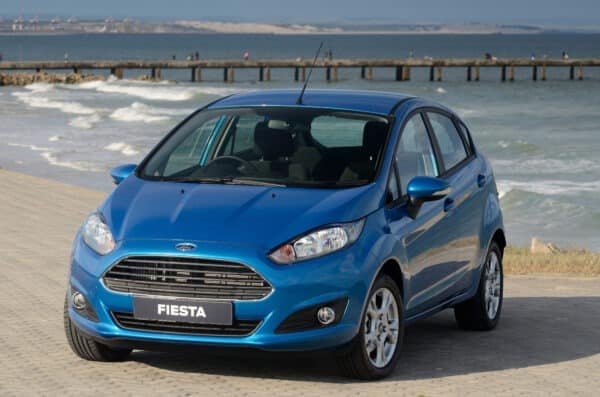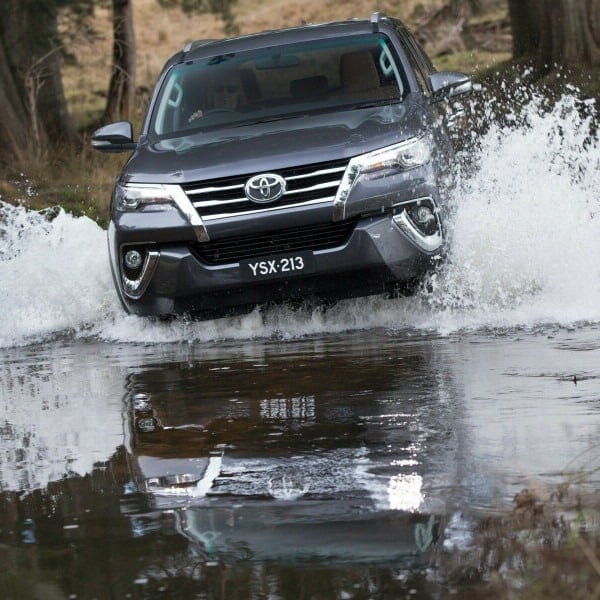The leading cause of injury-related deaths on the road is car crashes, especially among children aged 14 and under. Unrestrained children are more likely to be injured and die, as opposed to when child safety seats and belts are used. There are some tips families can follow to ensure they remain safe when travelling.
Buckle up. Every single time. Even if its a short trip.
All children under 12 should be properly restrained in the back seat, which is generally the safest place for children to ride. Airbags might be able to save lives, but when deployed while children are in the front seat, they can be badly injured or killed on impact.
Never have a rear-facing child in the front seat with an active airbag in the front.
Make sure your child has the correct safety seat or safety belt for their size and age.
Infants should ride in rear-facing safety seats until they are at least 12 months old and weigh at least 9 kilograms.
When children are at least 1 year old and weight nine to 18 kilograms, they should ride in a forward-facing child safety seat in the back seat.
Children over 18 kilograms should have the correct belt-positioning booster seats until the adult lap belts fit correctly, which is usually around the age of 8.
When the vehicle safety belts fit children correctly, both lap and shoulder belts should then be used.
Make sure your childs safety seat is fitted according to the manufacturers instructions.
Check to ensure your childs safety seat has not being recalled at any time.
Never leave your children in the car! Even if its for a short while.
Despite your children being properly restrained, you still need to practice safe driving to avoid accidents from happening. When you have children in the car, avoid the following:
- Texting
- Reading
- Using your GPS
- Applying makeup
- Turning around to speak to your children
- Have something on your lap
- Use headphones
- Eat
Small things can distract you from the road, and take your eyes off your driving.



